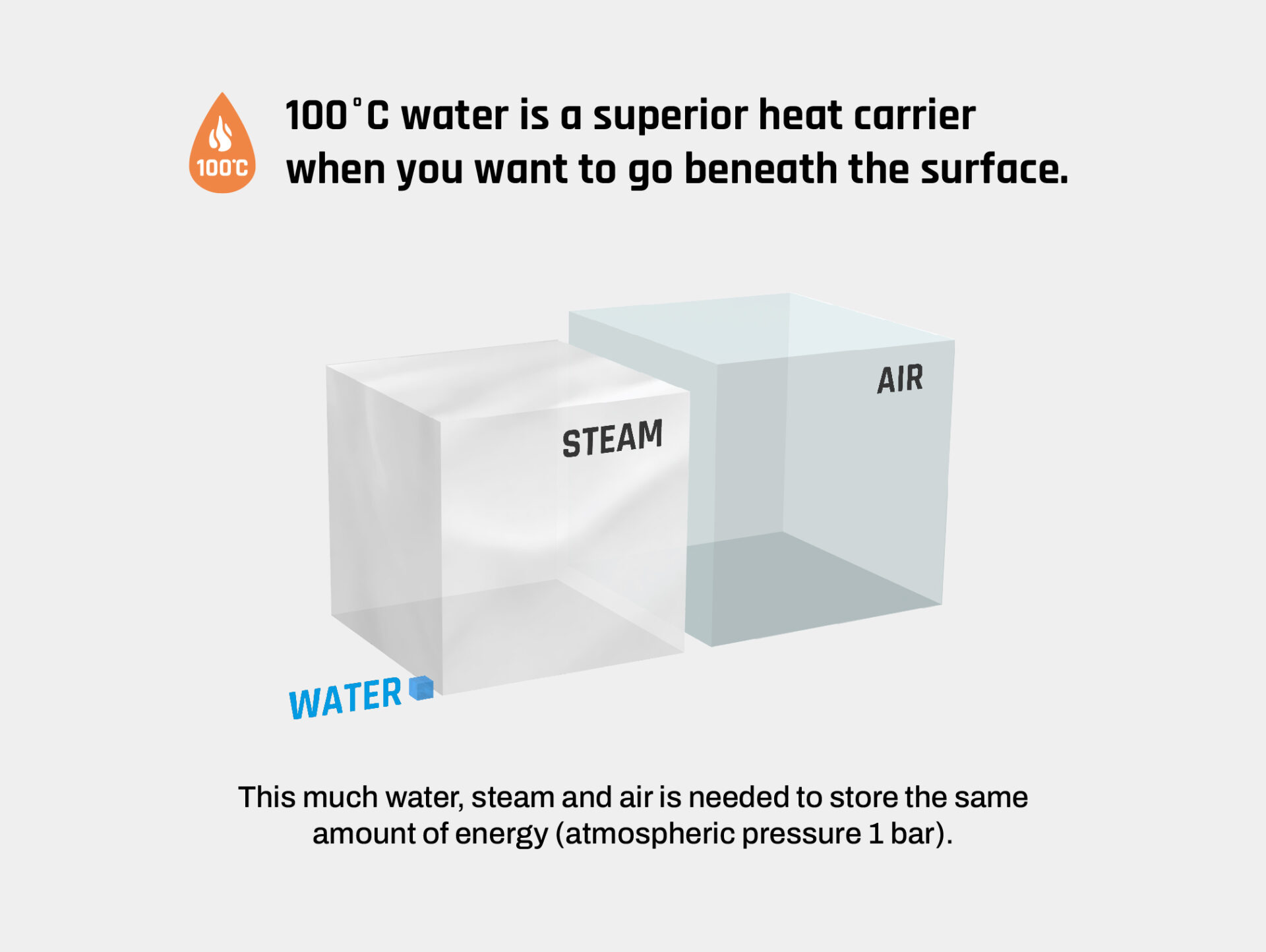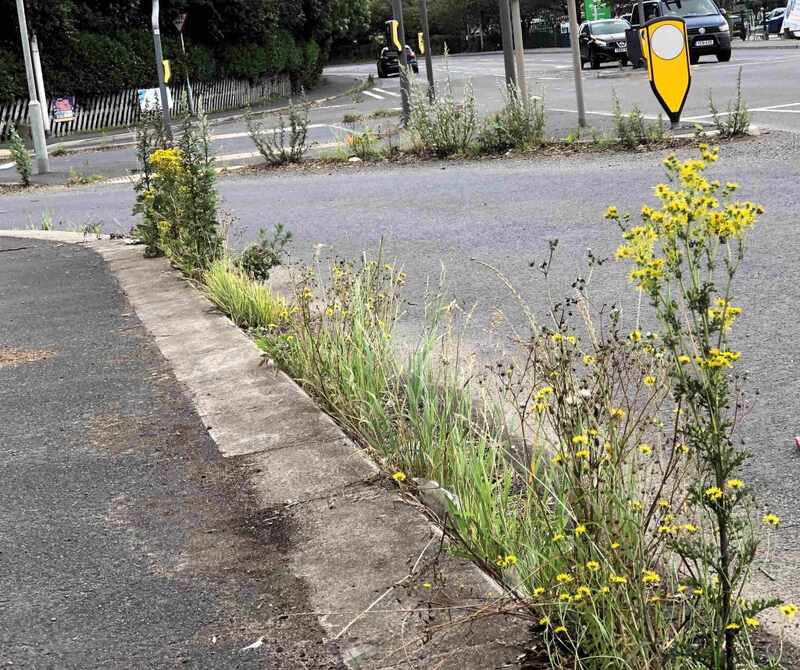Chemical-Free Weed Control
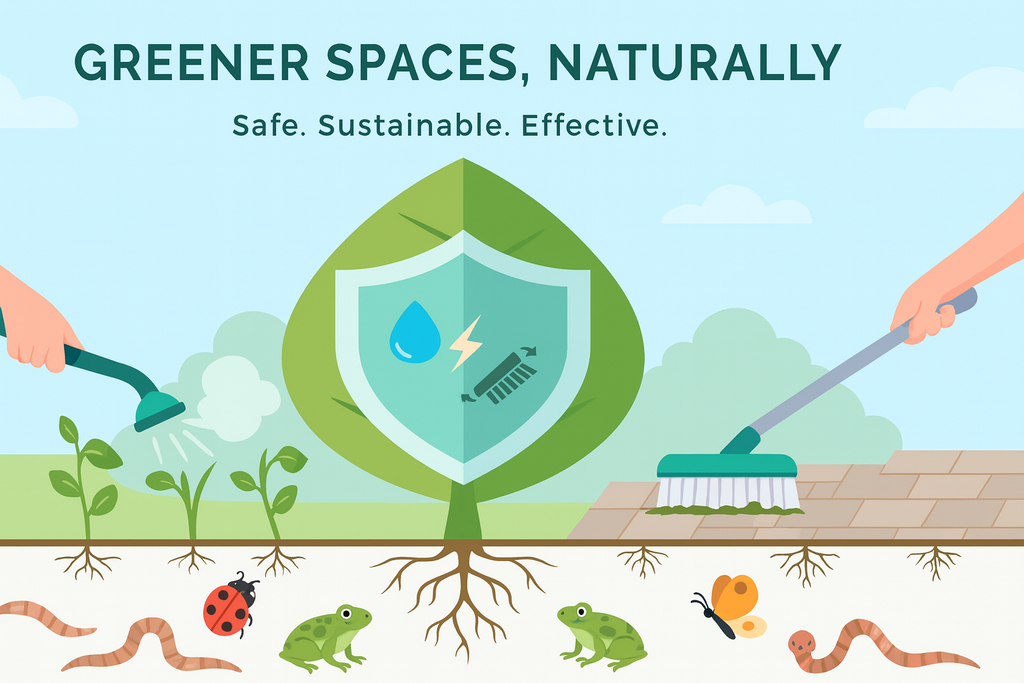
Chemical-Free Weed Control
Chemical-free weed control refers to any method of managing and eliminating unwanted vegetation that does not use synthetic herbicides or pesticides. It relies on non-toxic, sustainable approaches that protect human health, soil ecology, and biodiversity.
For professional amenity and grounds management, chemical-free control is typically integrated into a holistic strategy known as Integrated Weed Management (IWM).
🌿 Core Methods of Chemical-Free Weed Control
The primary methods used in professional, chemical-free weed control fall into four main categories:
1. Hot Water Weed Control
This is one of the most common and effective replacements for chemical spraying, particularly on hard surfaces. This method simply uses heat which is applied to the leaves and the stem of the plant. The heat causes the plant's cell structure (chloroplasts) to burst or congeal on contact, destroying its ability to photosynthesize and ultimately starving the plant. High temperatures also melt the waxy coating which causes rapid dehydration of the plant. Examples of of heat delivery methods include; Hot Water and Flame/Hot Air
.gif)
2. Hot Air/Flame Weed Control
This is one of the most common and effective replacements for chemical spraying, particularly on hard surfaces. This method simply uses heat which is applied to the leaves and the stem of the plant. The heat causes the plant's cell structure (chloroplasts) to burst or congeal on contact, destroying its ability to photosynthesize and ultimately starving the plant. High temperatures also melt the waxy coating which causes rapid dehydration of the plant.

3. Electrophysical Weed Control (Electricity)
This advanced technology uses electrical currents to destroy the weed from the leaves down to the root. This method has a lot in common with other heat methods but instead of the plant cells being heated externally the natural electrical resistance of the plant cause them to be heated inside the whole plant. How it Works: A high-voltage current is delivered via an electrode lance The electricity travels through the entire plant towards a second electrode. The resistance of the plant causes significant heat to the moisture inside the plant's structure instantly.
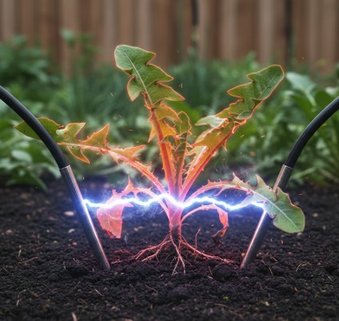
4. Mechanical & Physical Methods
These methods focus on prevention and physical removal, which are the cornerstone of the IWM strategy. Mechanical Brushing & Sweeping: Using specialised machinery (like sweepers and weed brushes) to physically remove weeds, moss, and, crucially, the detritus, soil, and organic material from hard surfaces. Advantage: This is the most important preventative step. By removing the growth medium (soil/detritus), you starve new weeds and reduce the types of weeds that can germinate, making subsequent thermal/electrical treatments much easier. Manual/Cultural Control: This includes simple physical removal (hand weeding or hoeing) and adjusting cultural practices, such as choosing hard-wearing surface materials that inhibit weed growth, utilizing mulches or ground-cover plants to suppress weeds in landscape beds.

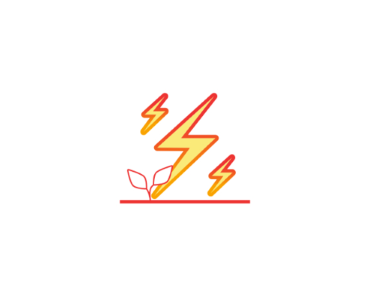
 (1).jpg)
.jpg)

.jpg)
